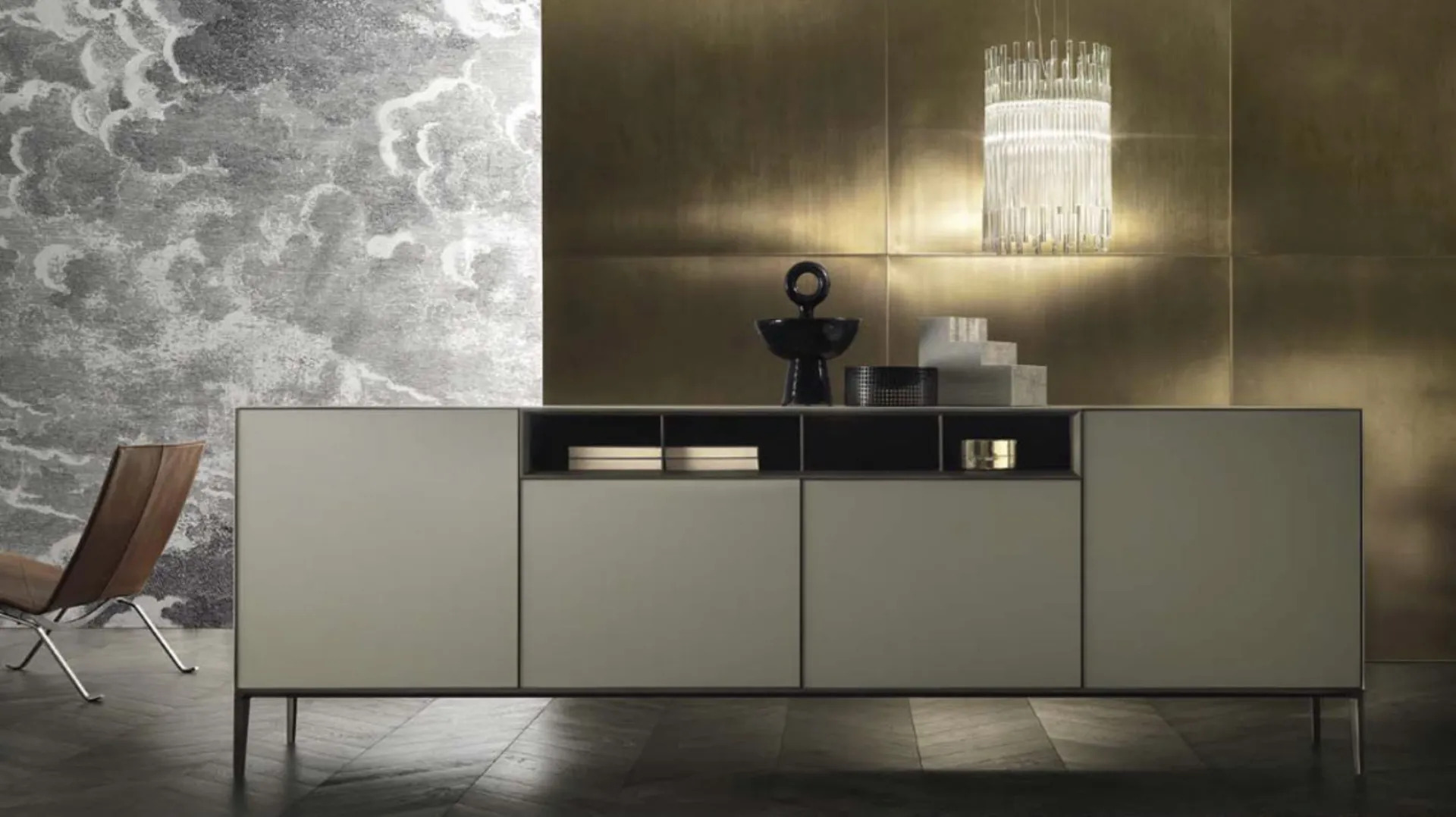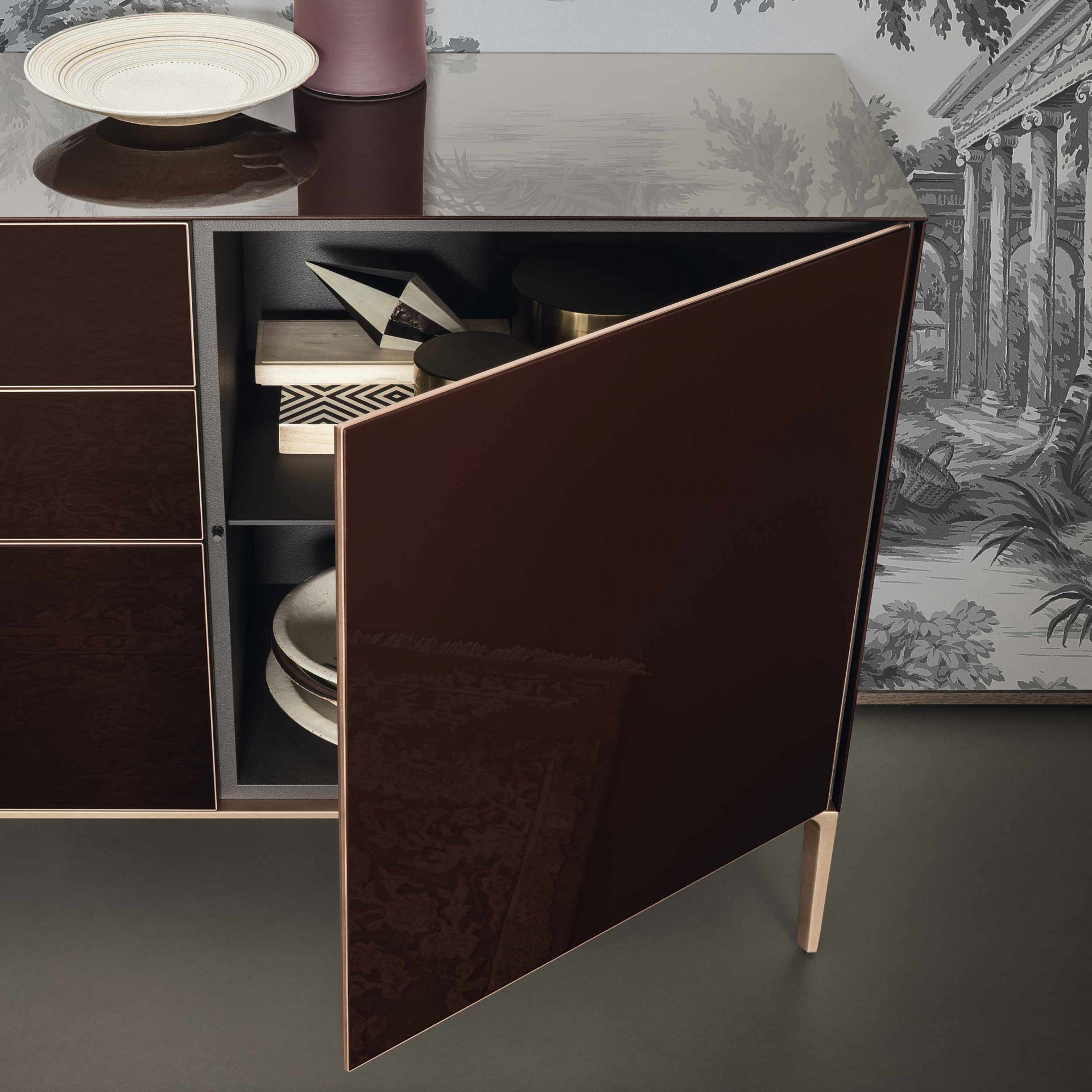The living room's sideboard: holding and showcasing items
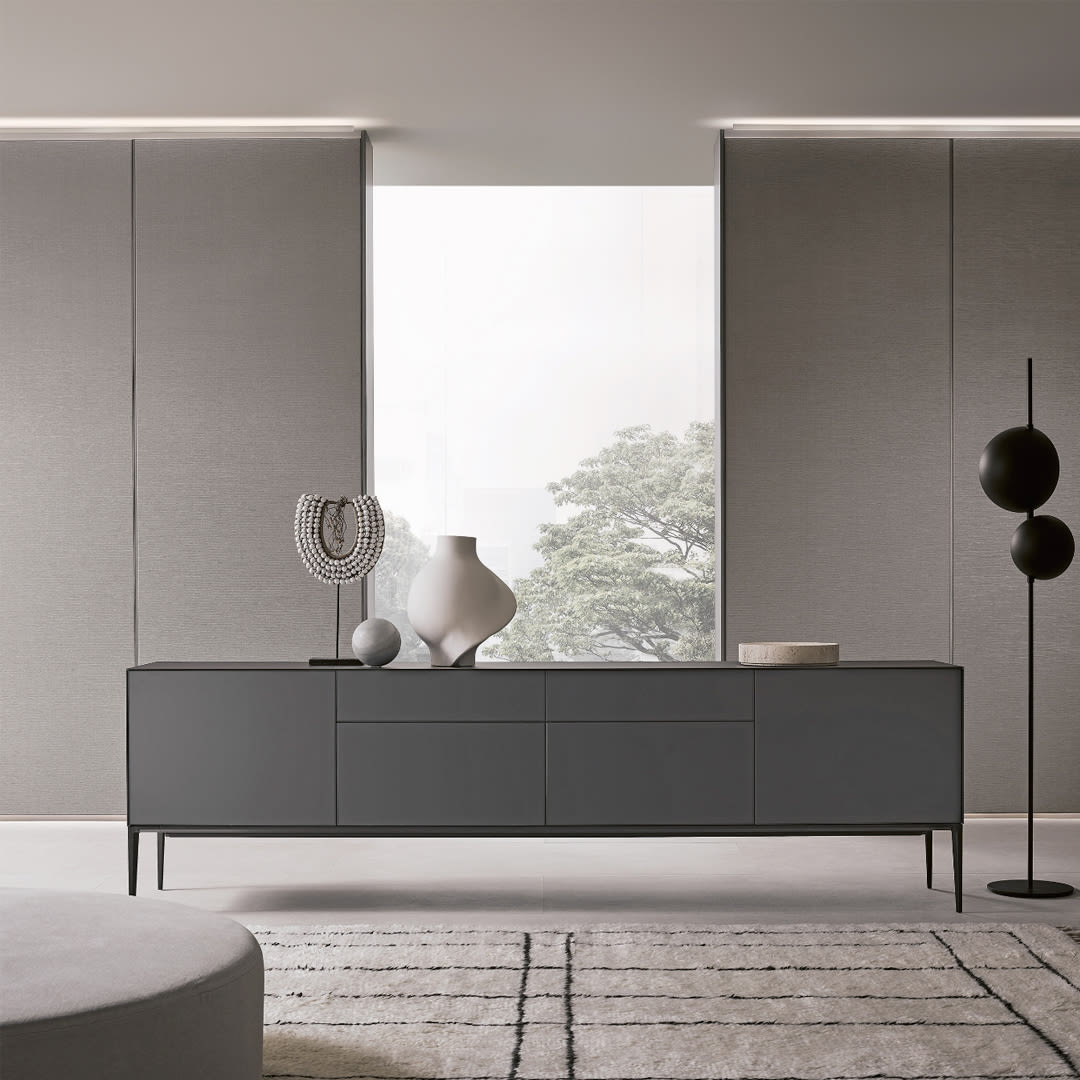
With their ability to accommodate and provide a sizable countertop, sideboards are becoming a feature that add character and flair to a variety of settings. While many manufacturers offer exceptional customization capabilities that enable specific sizes to best fit the available space, their characteristic longitudinal dimension continues to remains unique.
Elegant or informal sideboards: combinations of materials and colors define your style
They can be made of wood, metal, MDF, glass, porcelain stoneware and many other materials. You can define an image that is elegant and strict or more dynamic and informal thanks to the nearly infinite combinations of material and color. Sideboards are freestanding components that can either blend in with the décor or act as a "breaking" element to promote the style fusion that is becoming more and more popular in modern interior design. But, in both situations, the dimensions—that is, the proper proportionality between length, height above the ground, and depth—are what create the sensations of physicality and consistency in the ground support or, alternatively, of lightness and suspension when supported by slender and punctual structures.
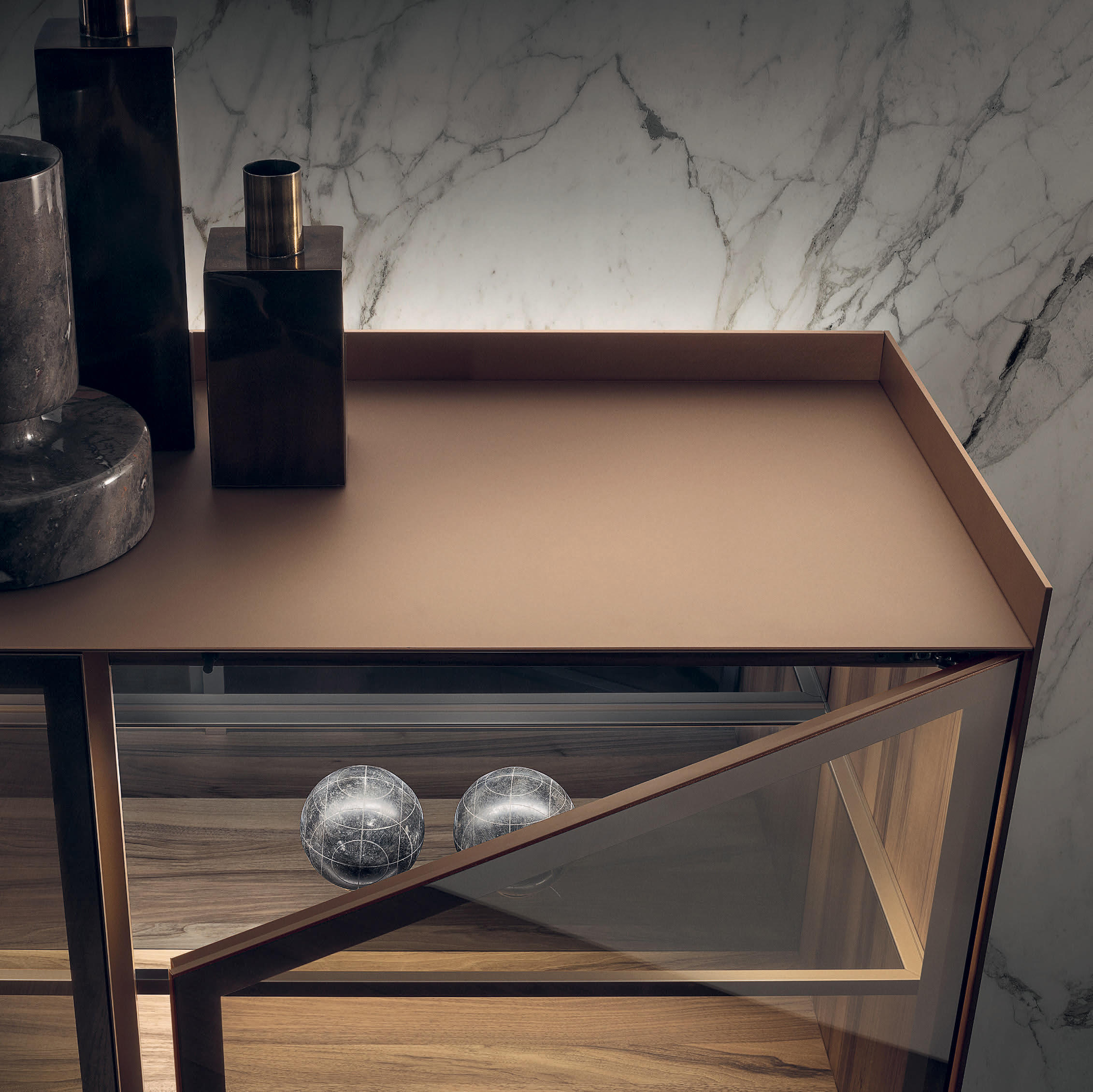
Fox: sartorial living by antoniolupi
The sideboard by antoniolupi that best embodies the brand's approach to the concept of sartorial living, in which architectural elements and furniture link with aesthetic and formal coherence, is called Fox. Its stylistic trademark is absolute formal cleanliness. A succession of parallel planes and load-bearing shoulders that support the container modules that stretch down to the floor to form structures themselves rather than dividing them can be summed up as the sideboard.
The Fox sideboard allows drawers or doors to open on both sides and is made up of a series of volumes with varying sizes and types of openings in the middle of the room. A strict, absolute volume that gains personality from Antonio Luppi's high-gloss lacquers or essences, which help to establish the sideboard's individuality and promote its use in a variety of stylistic situations.
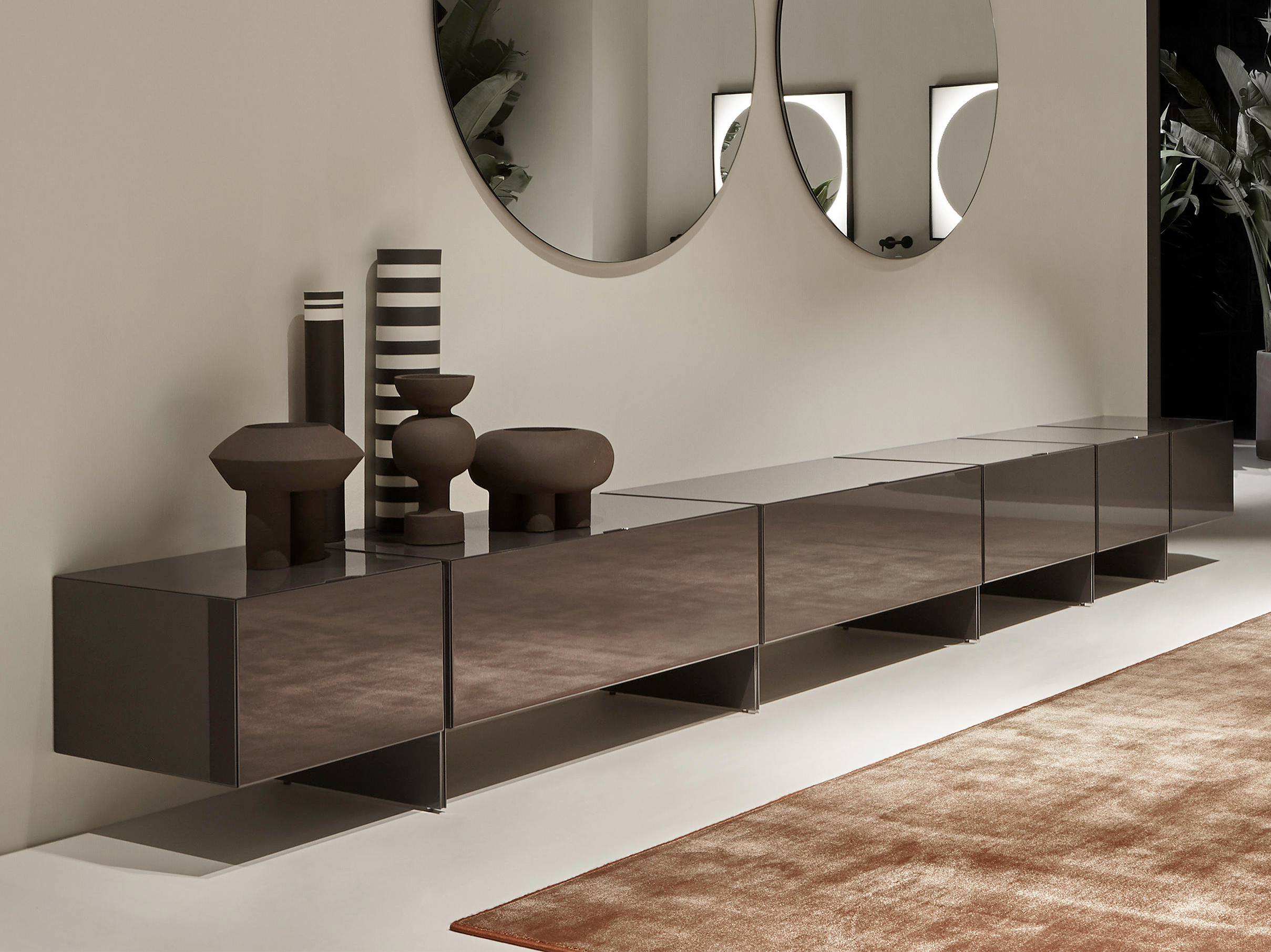
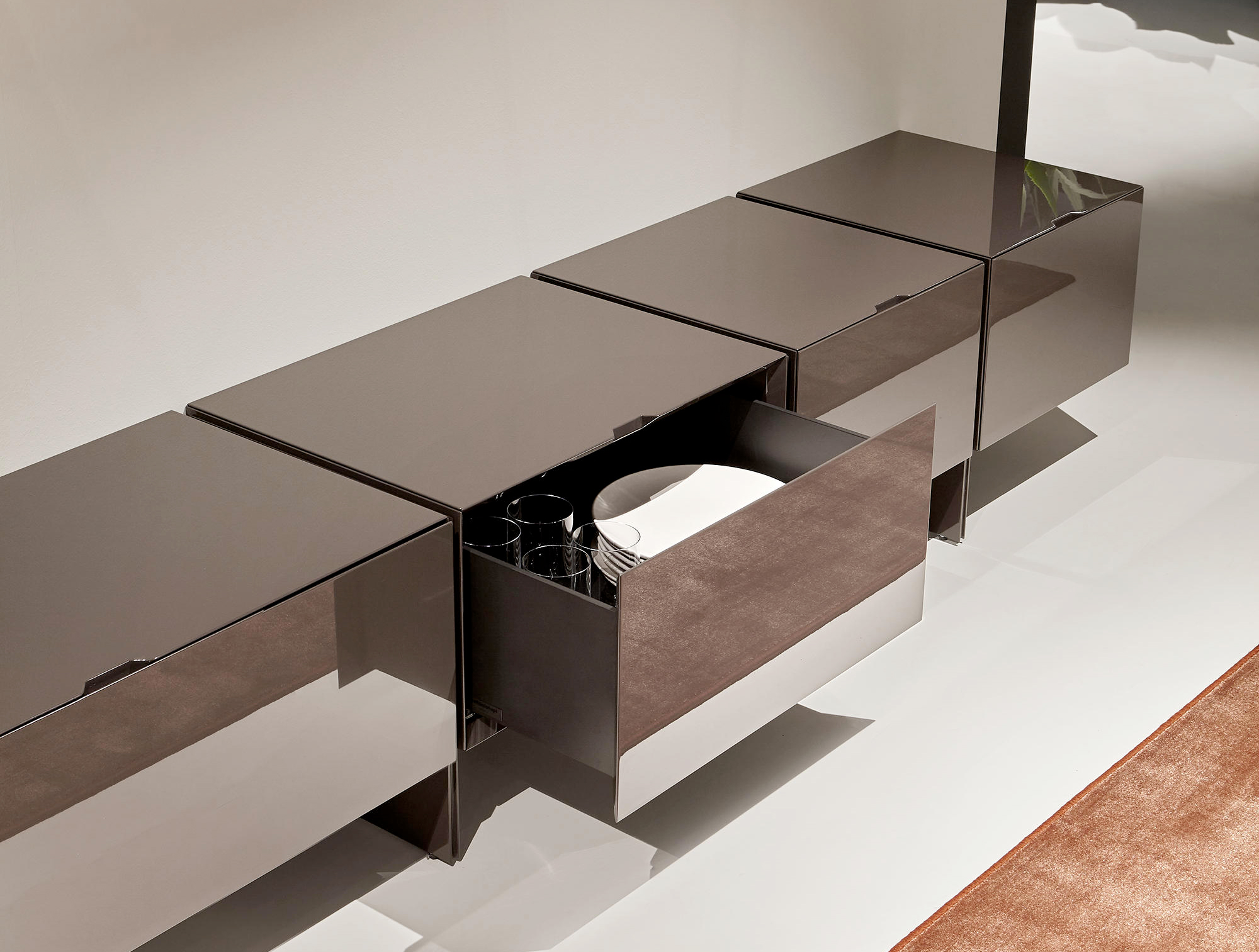
Vertical, three-dimensional movement embellishes Colico's Stilt
Slats create the three-dimensional fronts of Colico's Sideboard, Stilt, with a ribbed front that accentuates the unusual color scheme, giving the piece a textured sense. A module that repeats in sequence defining the length of the cabinet and the interplay with the light shaped by the protrusions and indents. A sense of complete suspension of the volumes is achieved by the extremely thin steel rod framework, which is lowered in both size and thickness. The frame and doors are made of closed-pore matte lacquered MDF, or ribbed. The porcelain stoneware top's thickness has also been decreased, using the textures of distinctive marbles and natural stones to break up the overall monotone design. A truly precious casket is created by the inside LED light, blending style and usefulness.

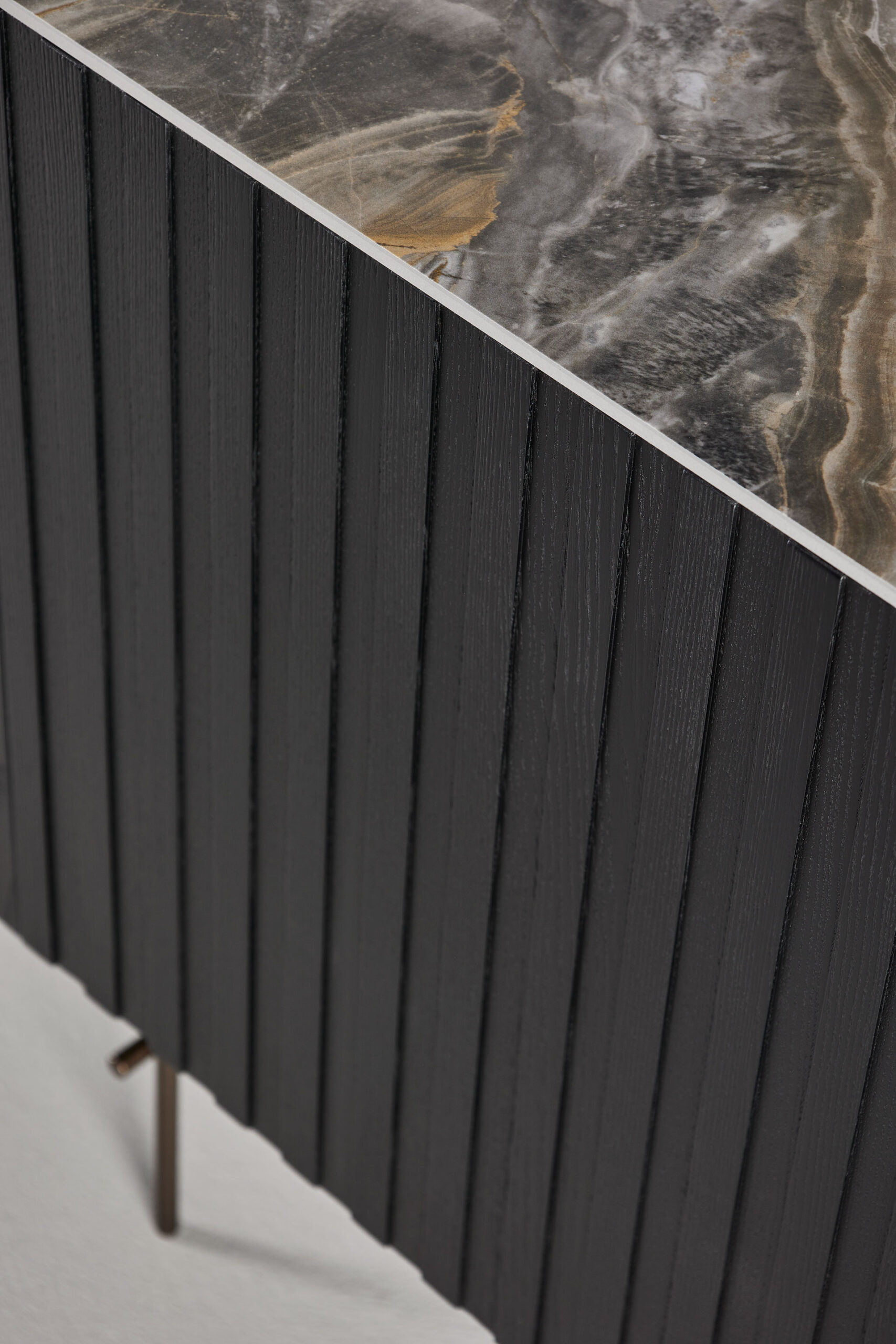
Self by Rimadesio: a manifestation of ultimate design autonomy
Rimadesio's Self sideboard is a component of an extensive software that utilizes an endless array of colors and finishes to allow for customization of both the composition's size and appearance.
“Self," "Self up," and "Self bold" represent the greatest degree of design freedom. Open modules flank drawers, flap doors and shelves with the potential of toying with wood and glass elements. The end product is furniture that can be used to hold and show goods and is both functional and adaptable.
A broad range of options brought together by a style influenced by maximum formal lightness, as in the company's design. The feet come at two heights and match the profiles. The lacquered finishes come in Ecolorsystem colors and are available in white, black, and brown. The product's customization options are increased by the marble top, which unites the lacquered ones, imparting fresh look and feel.
